Introducation:
Brass fittings are essential components in plumbing and industrial applications. They are available in various materials, each with its unique properties. Understanding these materials and implementing proper maintenance practices can help prevent damage and ensure the longevity of brass fittings.
Types of Brass Fitting Materials:
1.Red Brass Fitting:
Red brass, also known as copper-zinc-silicon alloy, is highly resistant to corrosion and dezincification. It contains a higher percentage of copper (85-90%) compared to other brass alloys, making it well-suited for high-pressure and high-temperature applications. Red brass fittings are commonly used in hydraulic systems, compressed air lines, and oil and gas industries due to their exceptional strength and durability.
2.Yellow Brass Fittings:
Yellow brass, comprising a higher zinc content (33-40%) and lower copper content, is more malleable and cost-effective than red brass. While it offers good corrosion resistance, yellow brass fittings are typically utilized in low-pressure plumbing applications, such as residential water supply systems, where the risk of stress and pressure is lower. However, they may not be suitable for use with certain chemicals or high-temperature environments due to their lower copper content.
3.Lead-Free Brass Fittings:
Lead-free brass fitting are manufactured without the addition of lead, ensuring compliance with drinking water regulations and environmental safety. These fittings are widely used in potable water systems, food processing equipment, and medical devices. By eliminating lead, they provide a safer option for applications involving human consumption and reduce the potential for lead contamination in water supplies.
Preventing Damage to Brass Fittings:
1.Avoiding Over-Tightening:
Over-tightening fittings can cause undue stress, leading to deformation or cracks in the brass material. It is essential to follow recommended torque specifications provided by manufacturers to ensure a secure seal without causing damage to the fittings. Utilizing a torque wrench can help achieve the optimal tightness without risking overtightening.
2.Proper Installation Techniques:
During installation, applying an appropriate thread sealant tape or compound on the threaded connections is critical to prevent leaks and maintain the integrity of the fittings. This helps create a reliable seal, especially in applications involving fluids or gases under pressure. Additionally, ensuring that the threads are clean and free from debris before installation can enhance the effectiveness of the sealant and promote a leak-free connection.
3.Monitoring for Corrosion:
Corrosion, especially in environments with aggressive chemical exposure or high humidity, can compromise the structural integrity of brass fittings. Regular visual inspections for signs of tarnishing, discoloration, or pitting should be carried out. If any corrosion is detected, prompt action such as cleaning, polishing, or replacement of the affected fittings is necessary to prevent further deterioration and potential leaks.
4.Protecting Against Freezing:
In cold climates, protecting brass fittings from freezing is essential to prevent damage caused by expansion and contraction of ice. Insulating pipes and fittings with appropriate thermal insulation materials can help maintain temperatures above freezing levels, safeguarding the fittings from potential cracking or bursting. Additionally, allowing faucets to drip during freezing conditions can alleviate pressure buildup within the system, reducing the risk of damage.










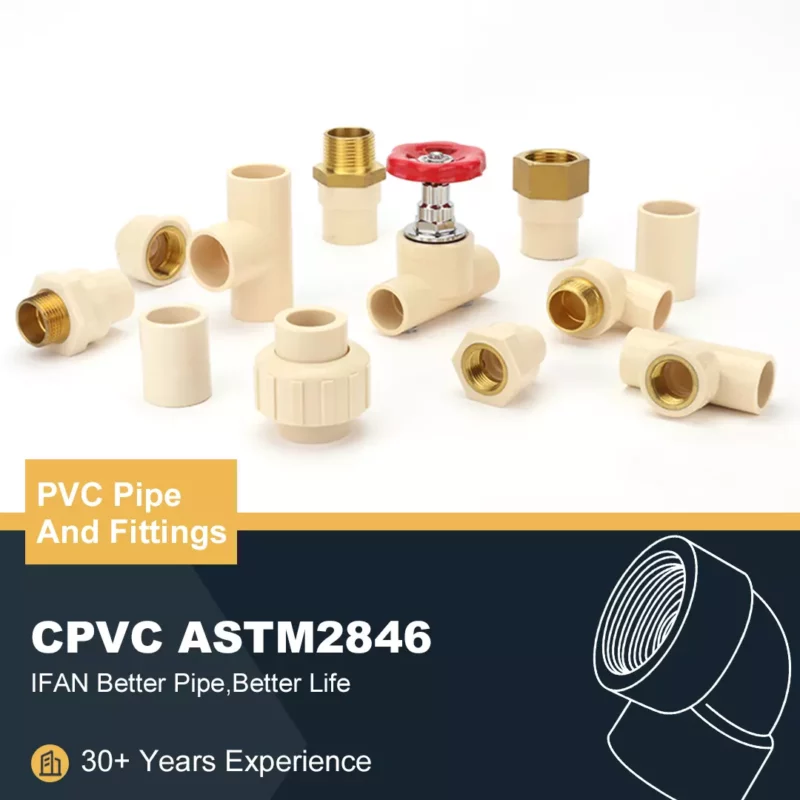
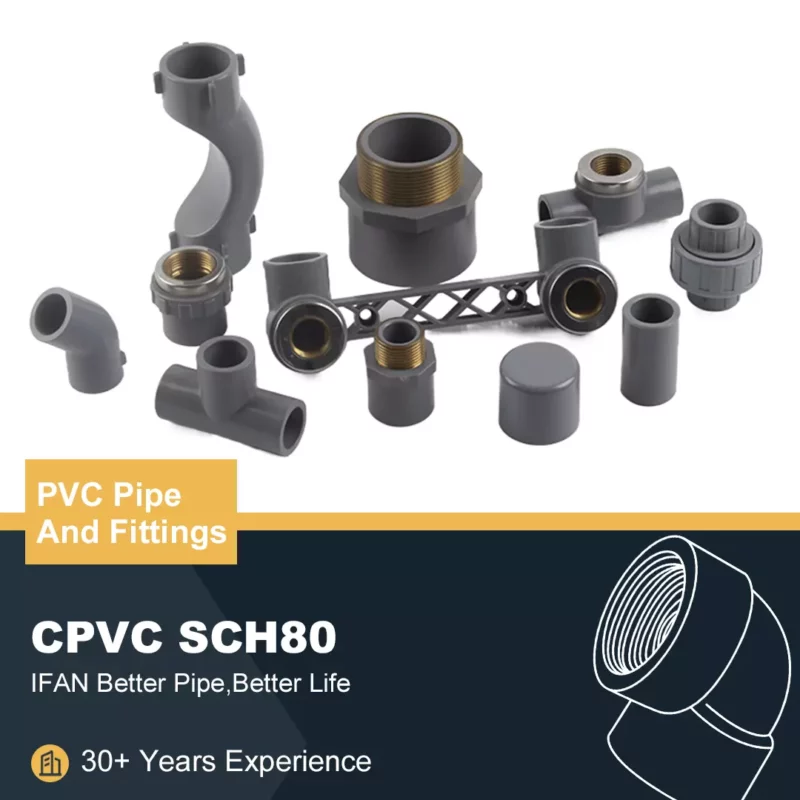
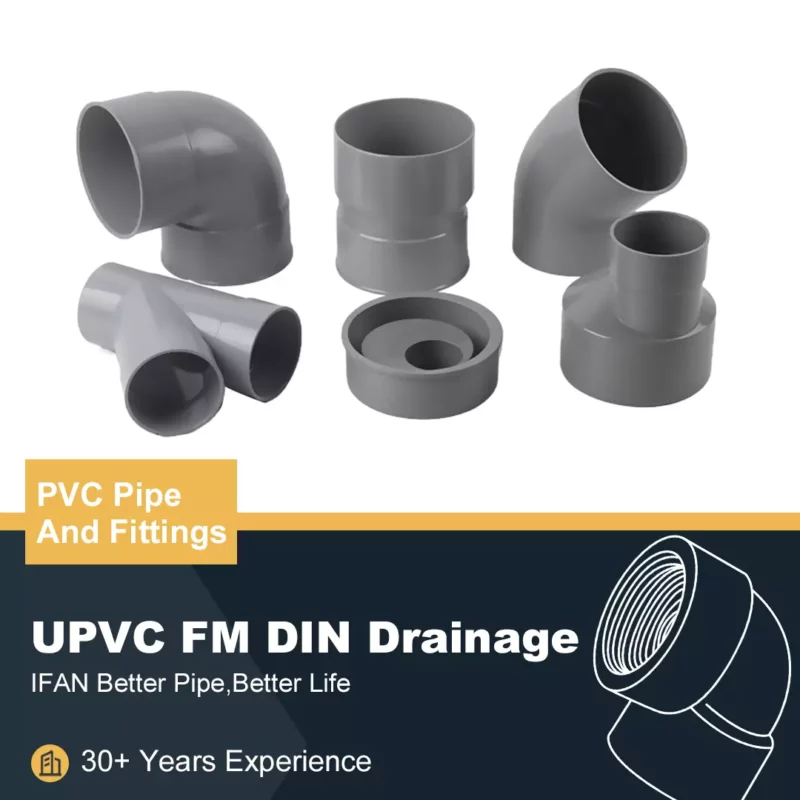
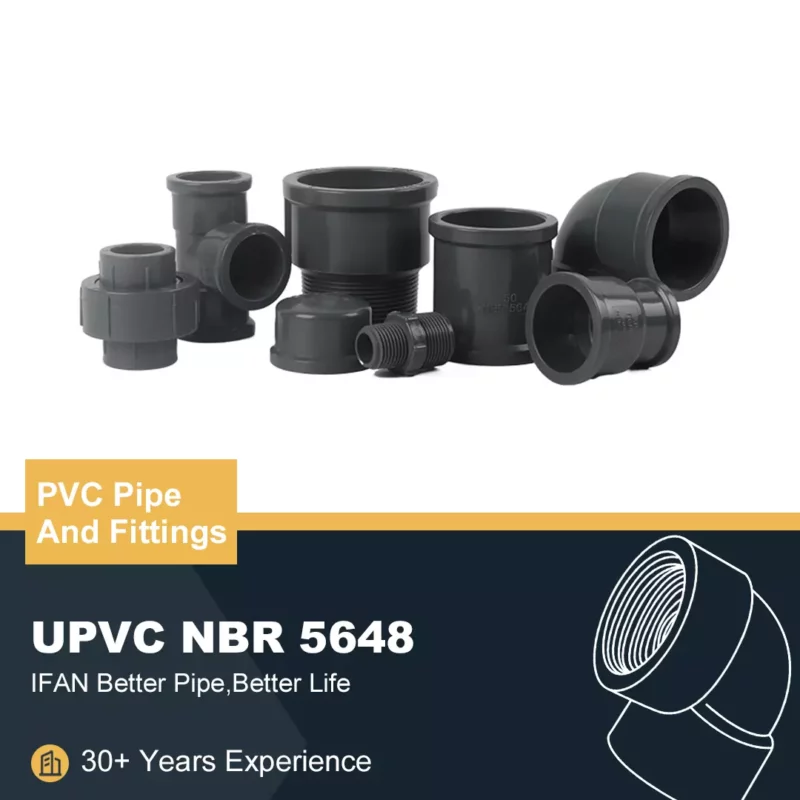
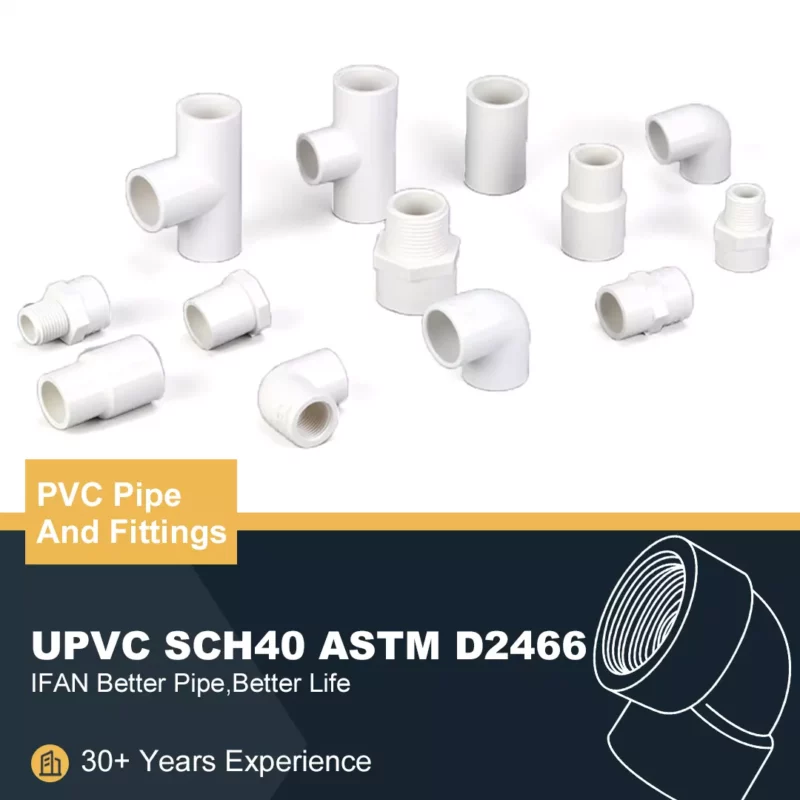
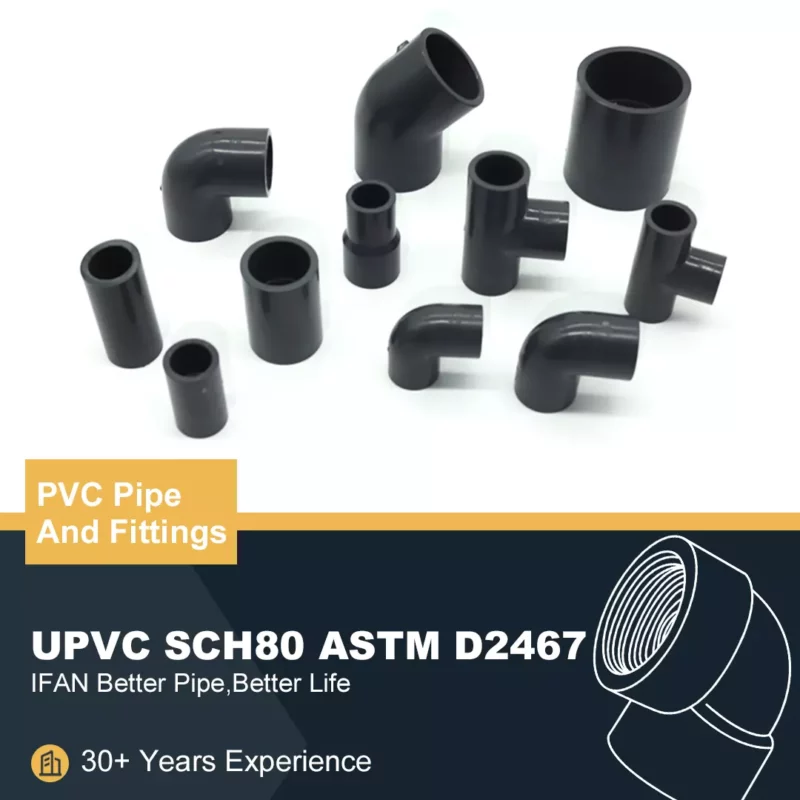
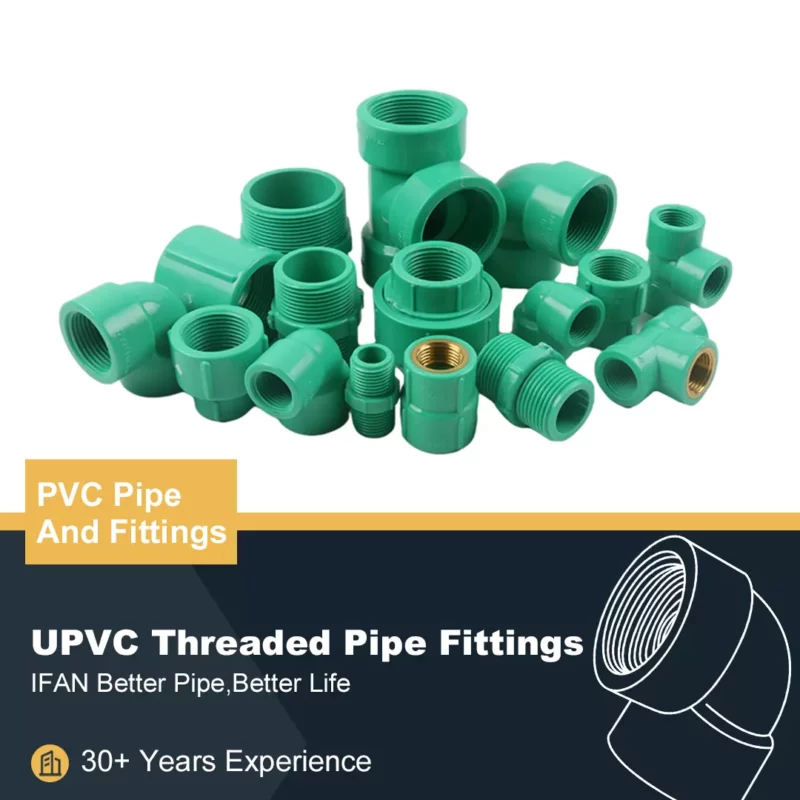
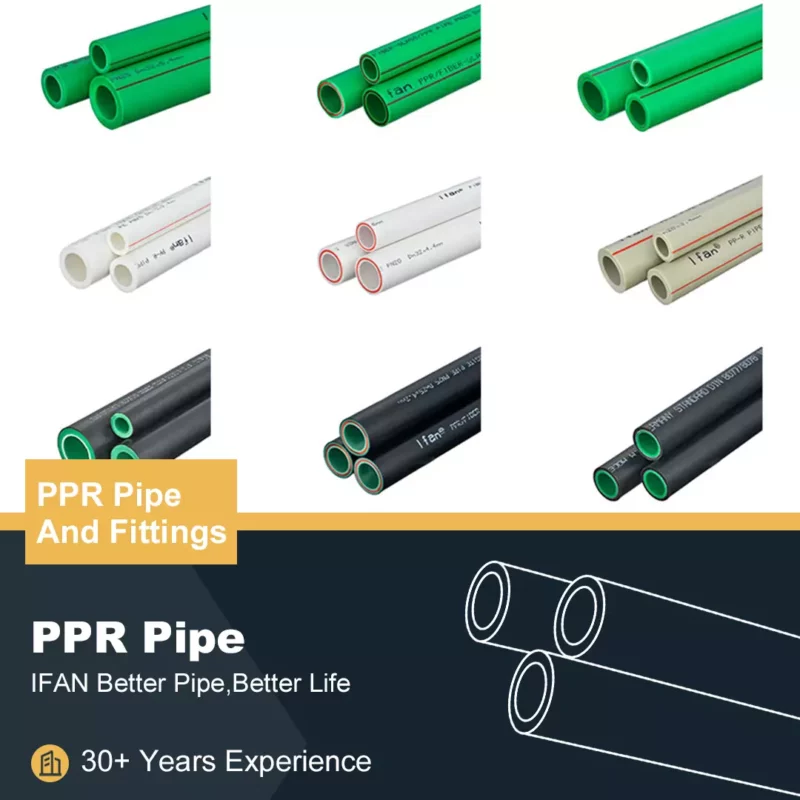
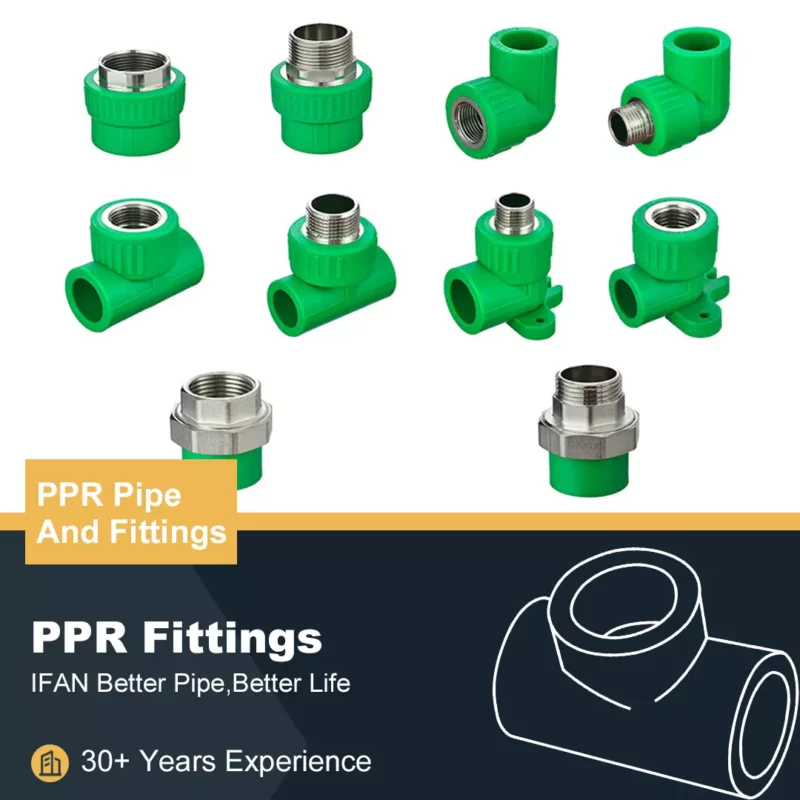
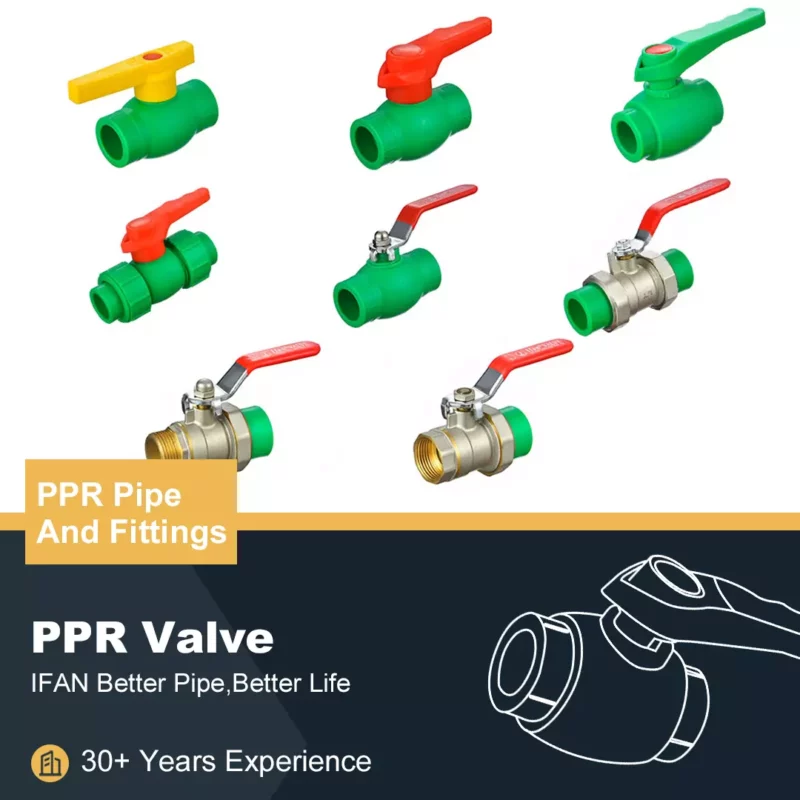
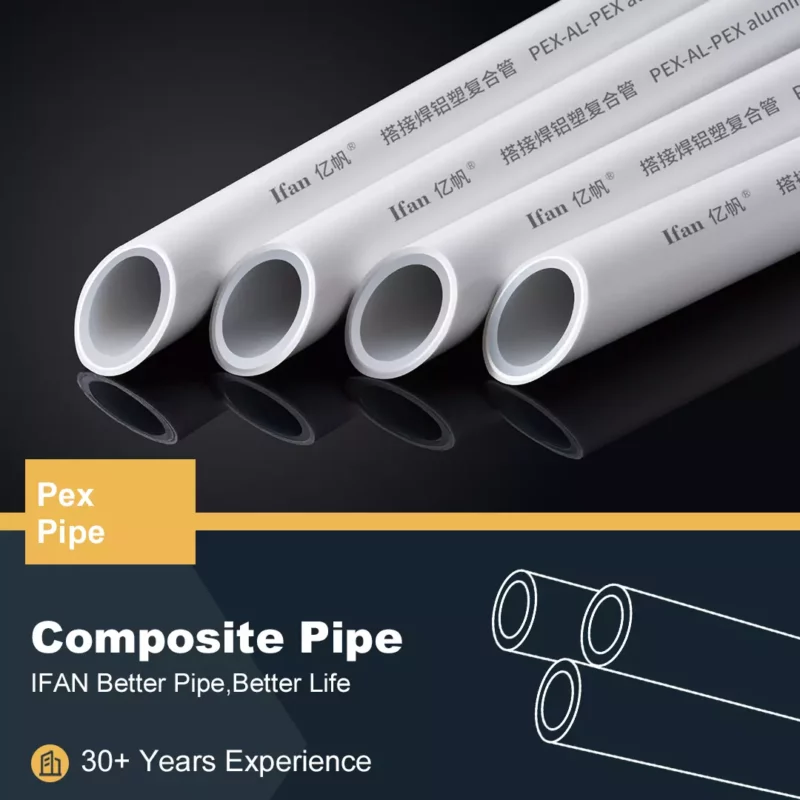
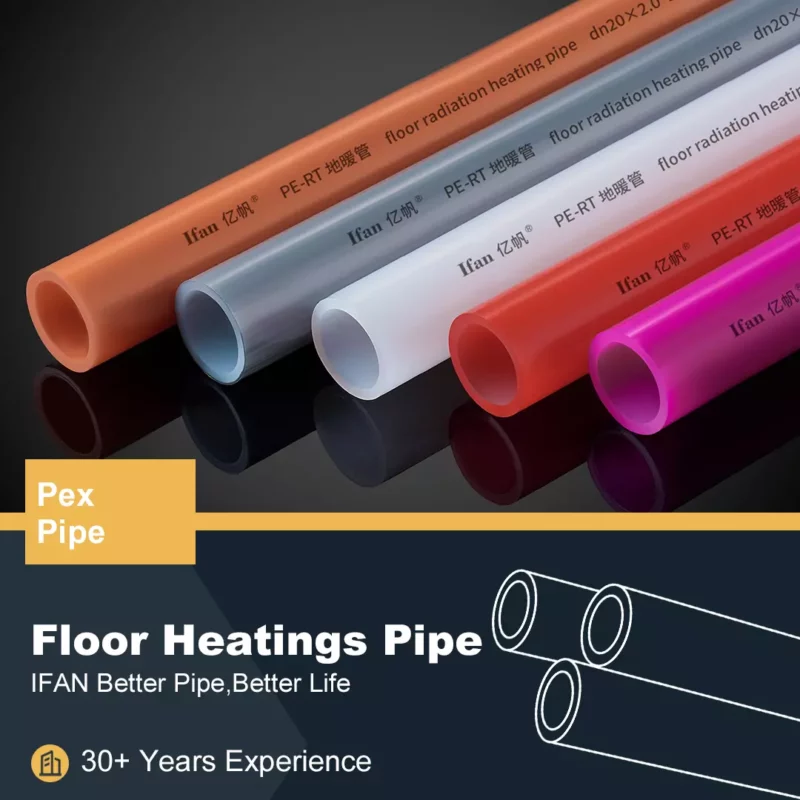
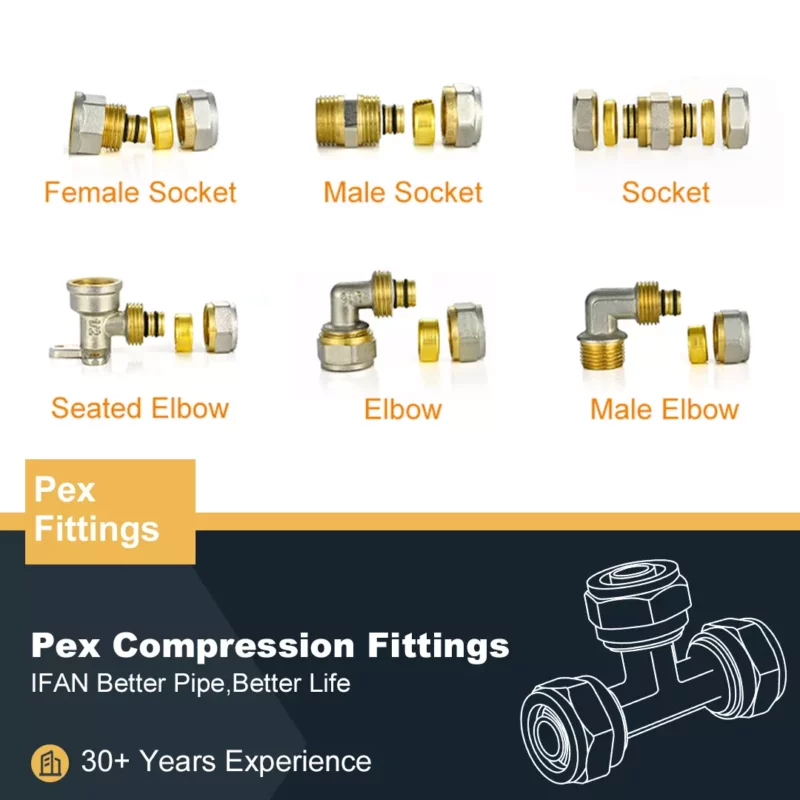
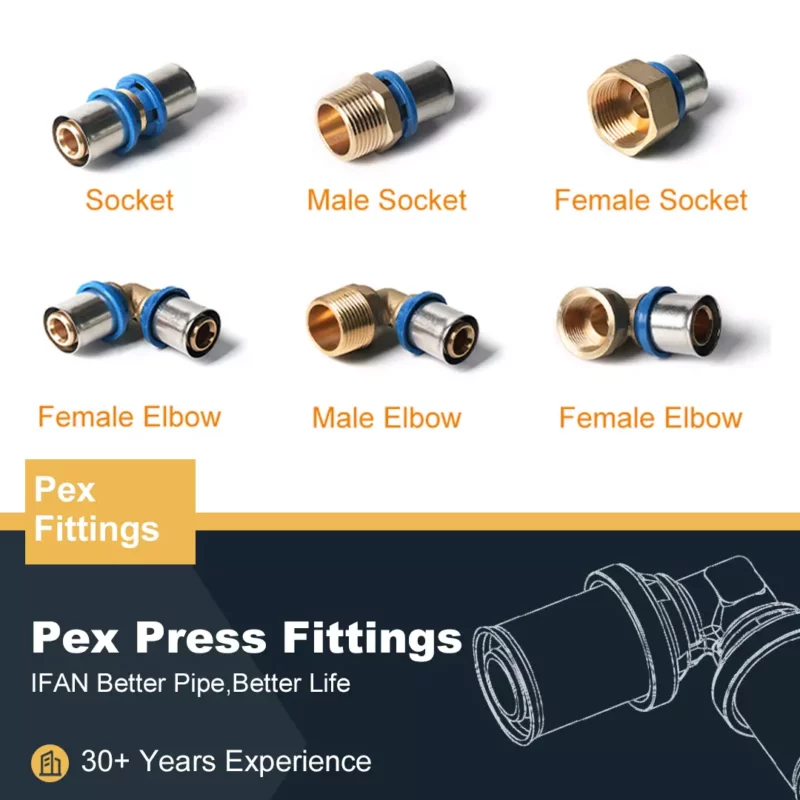
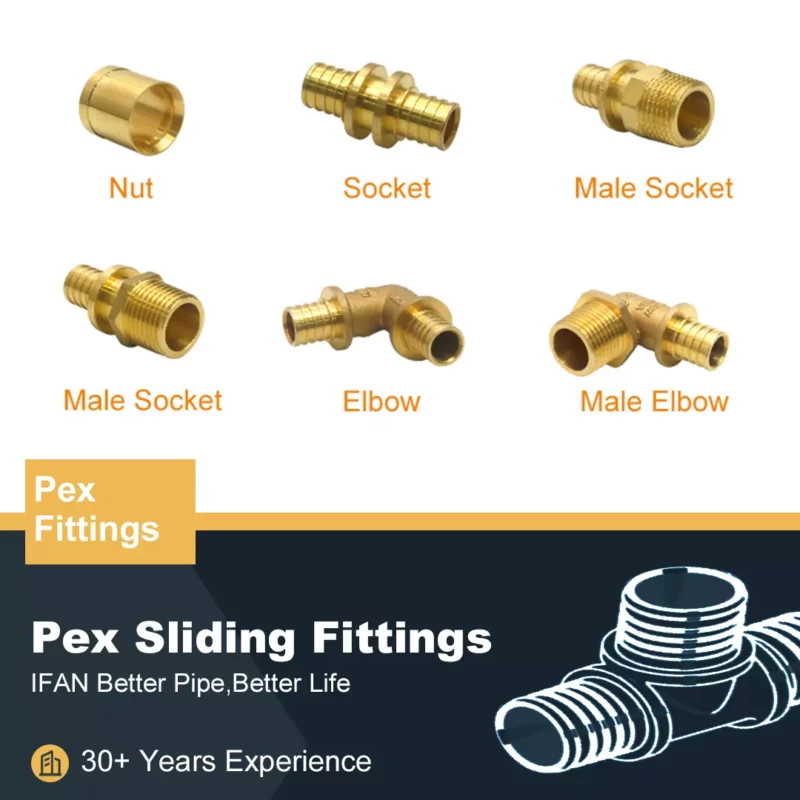
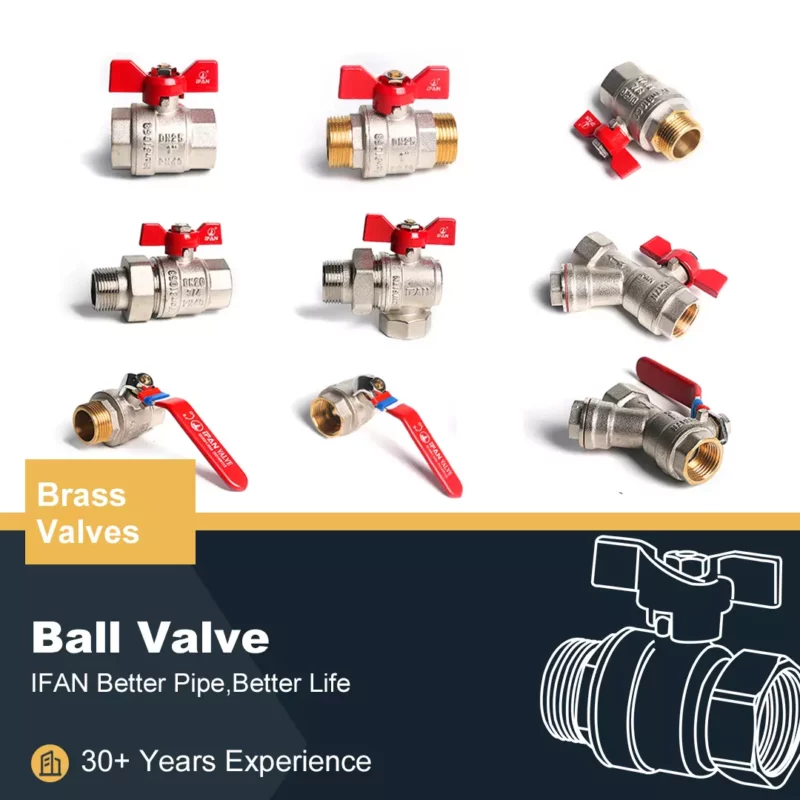
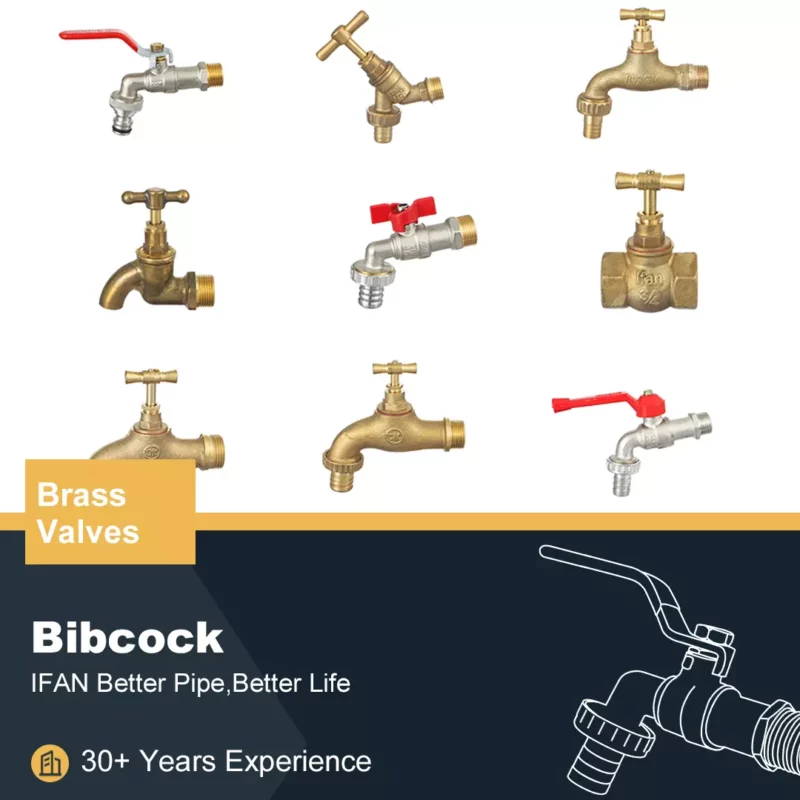
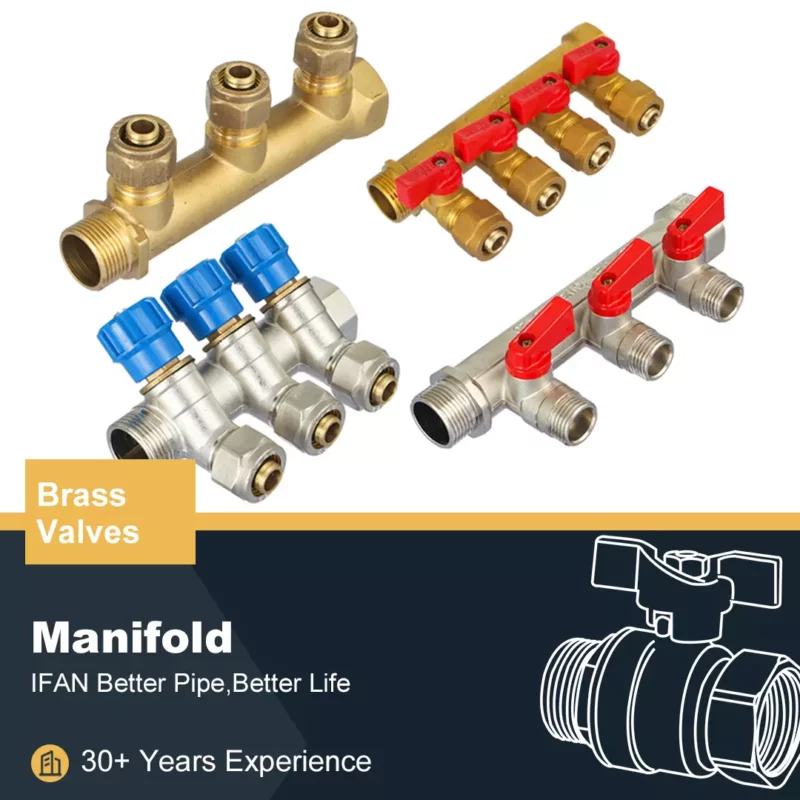
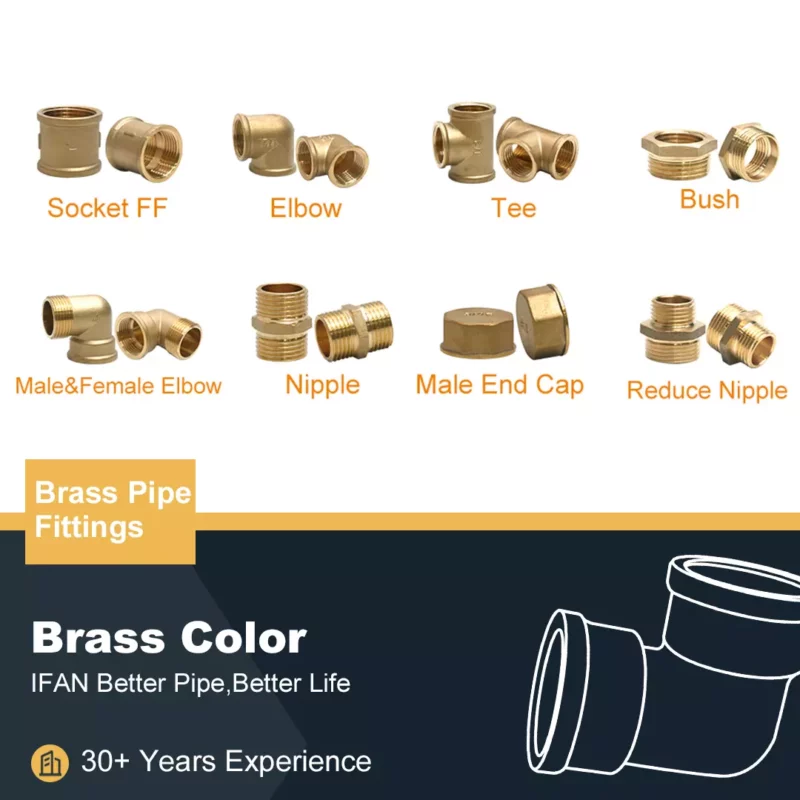
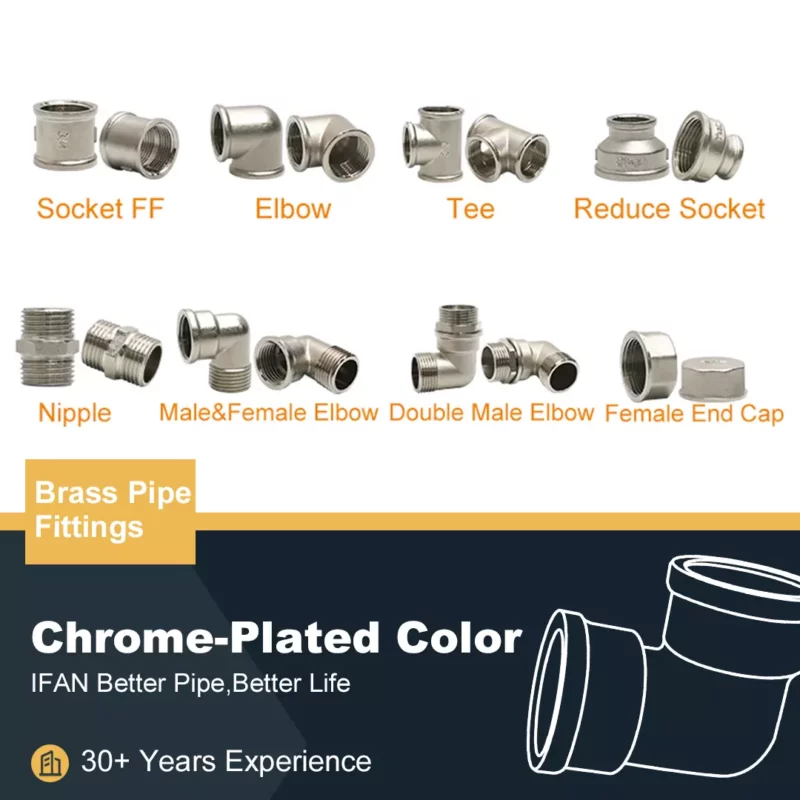
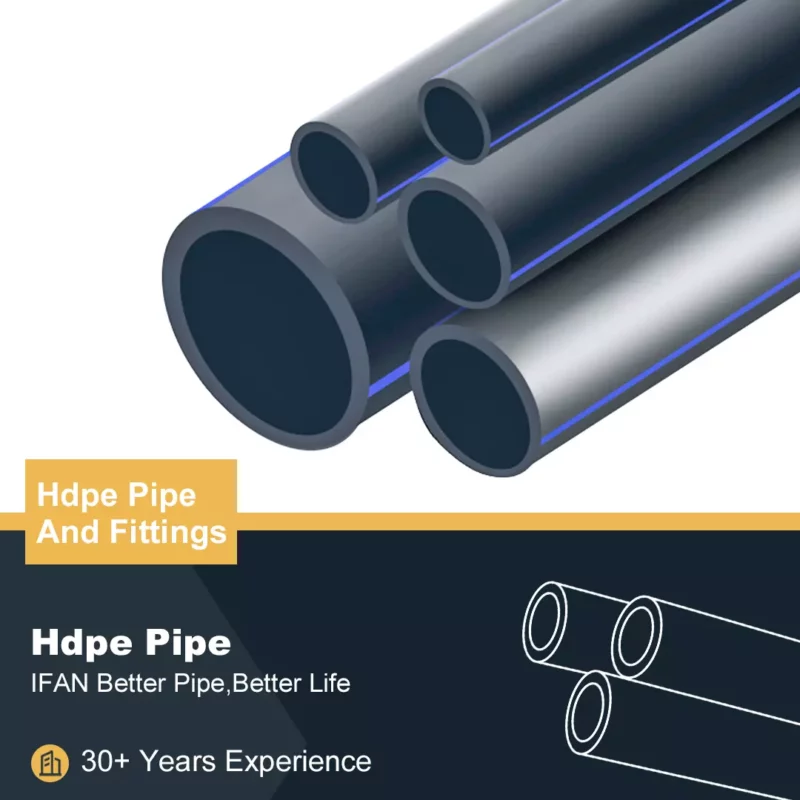
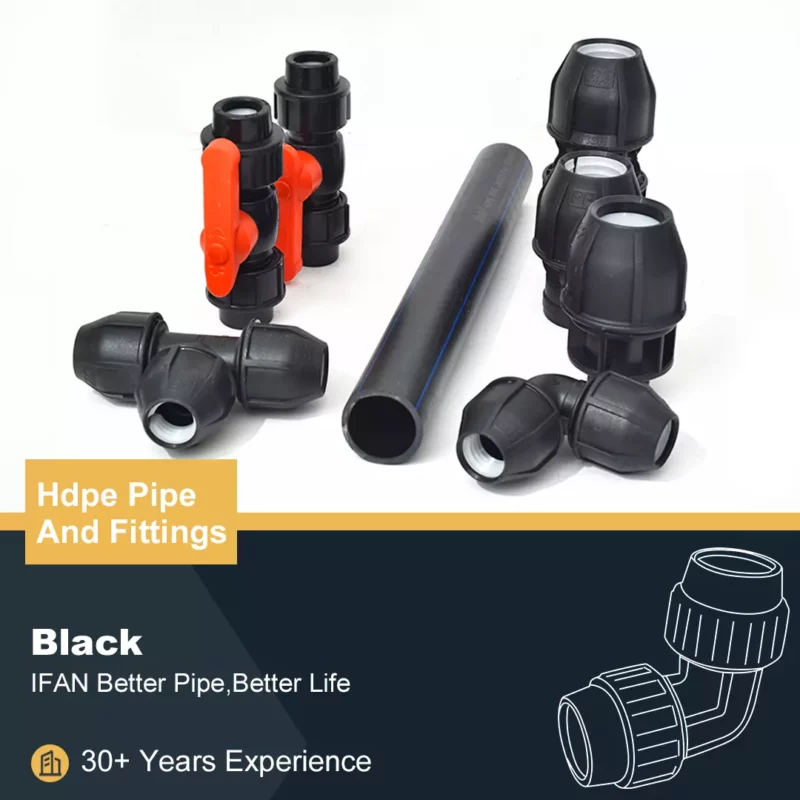
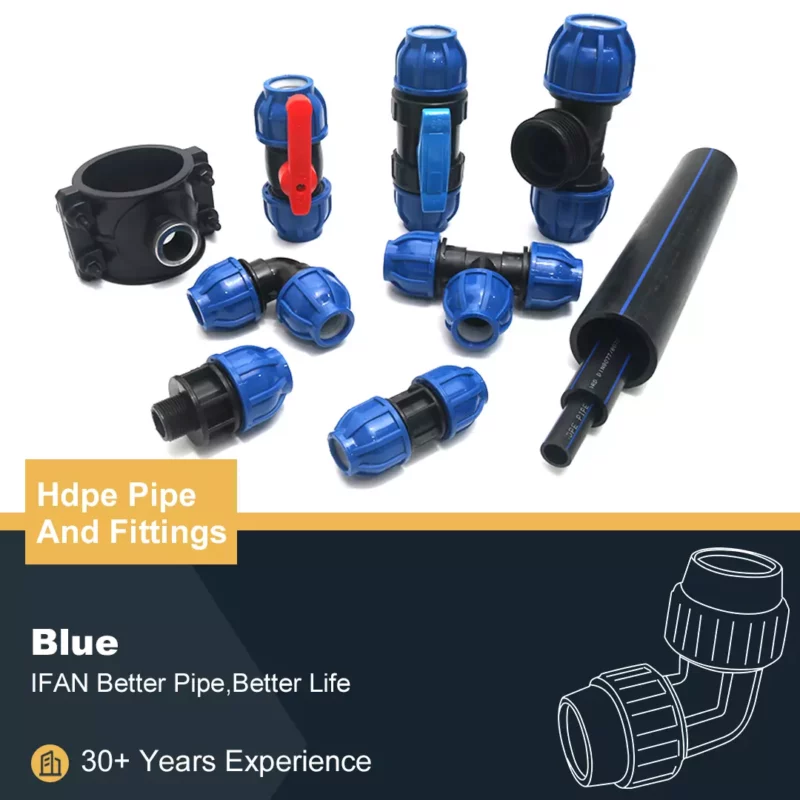
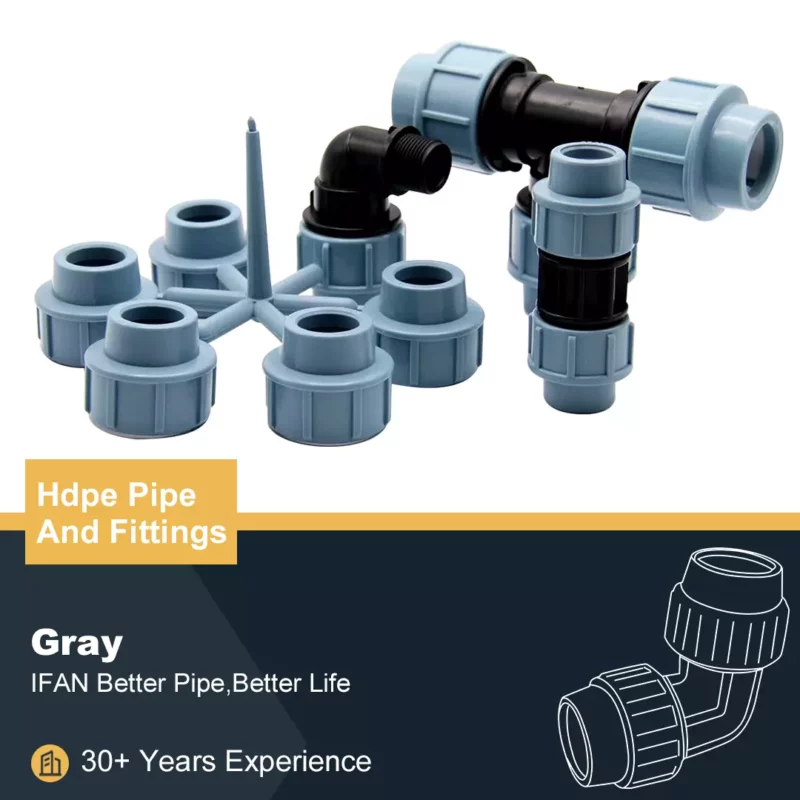
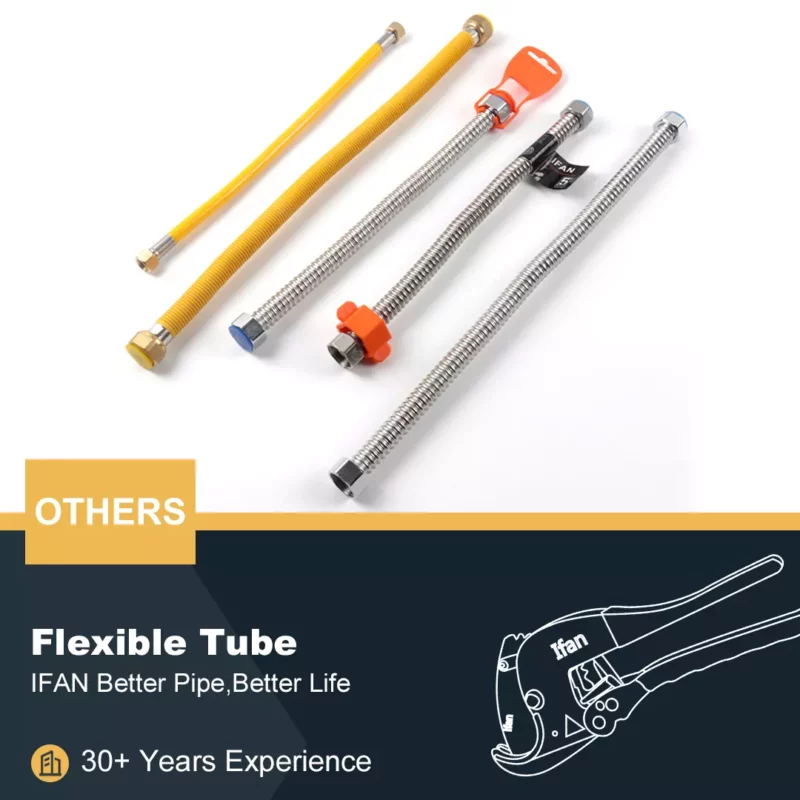
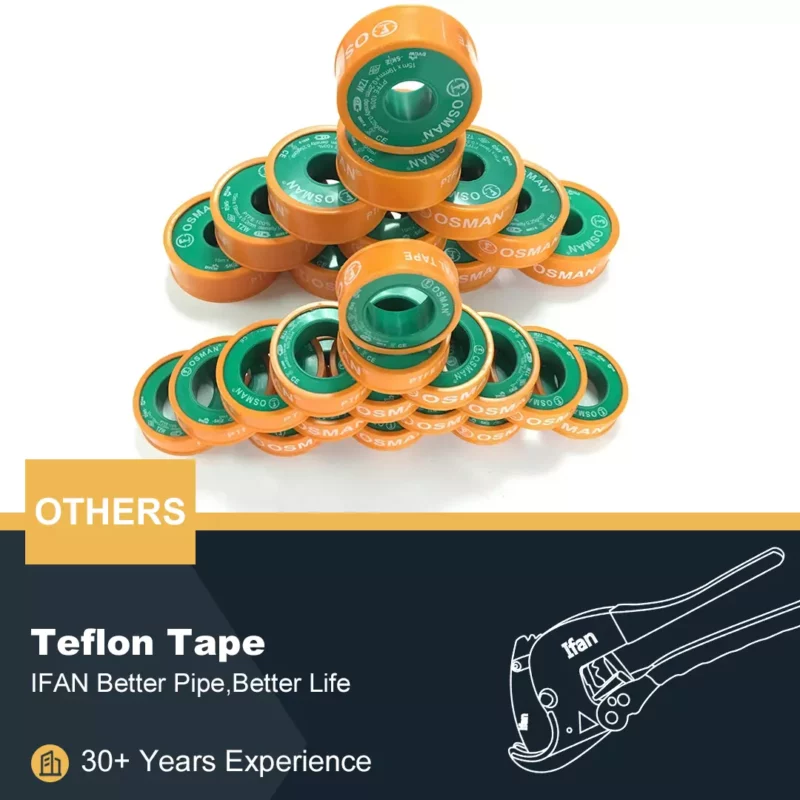
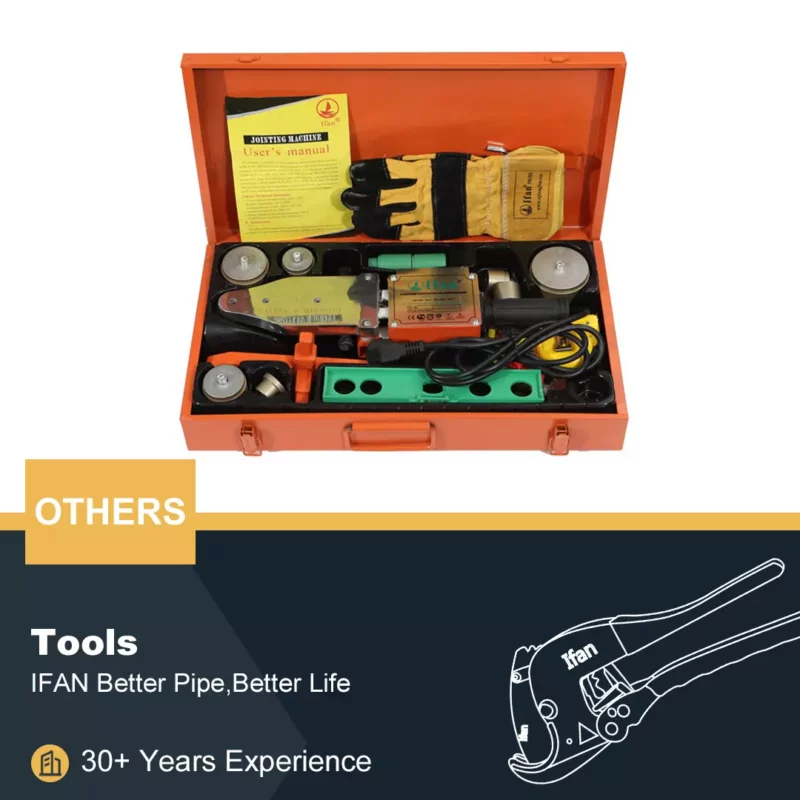

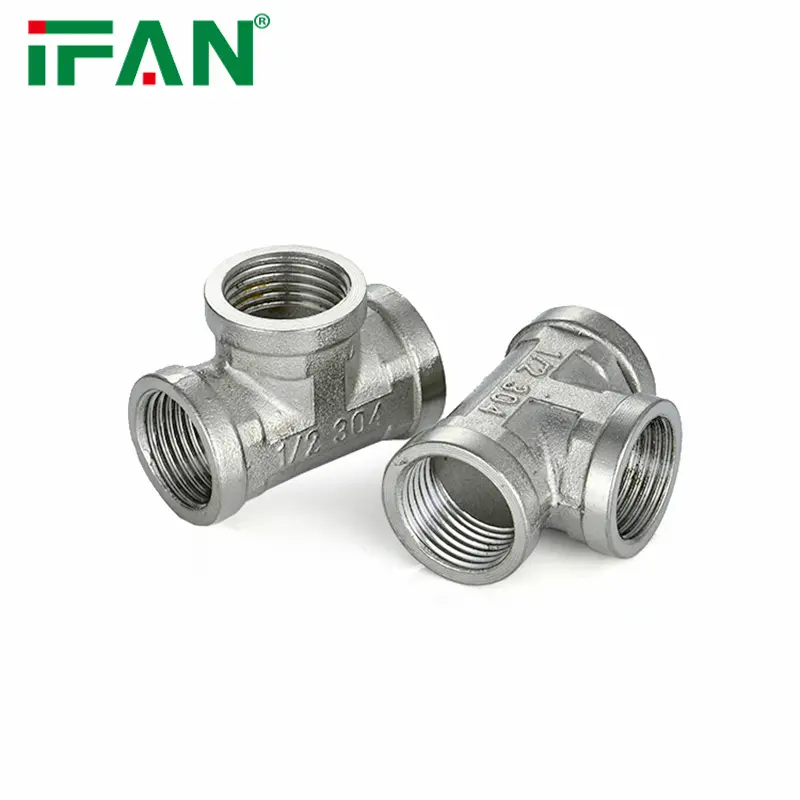
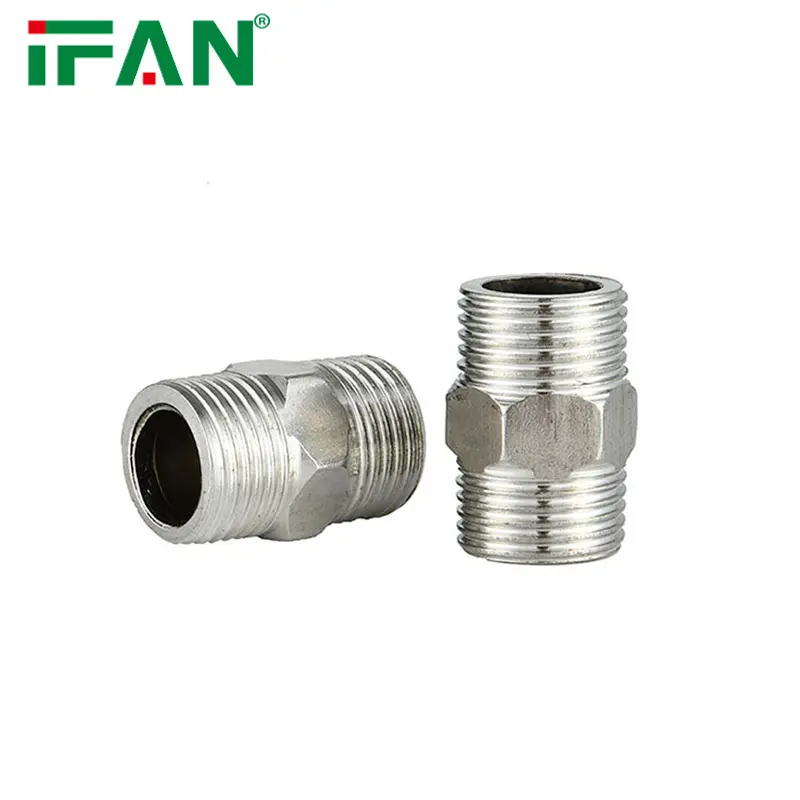






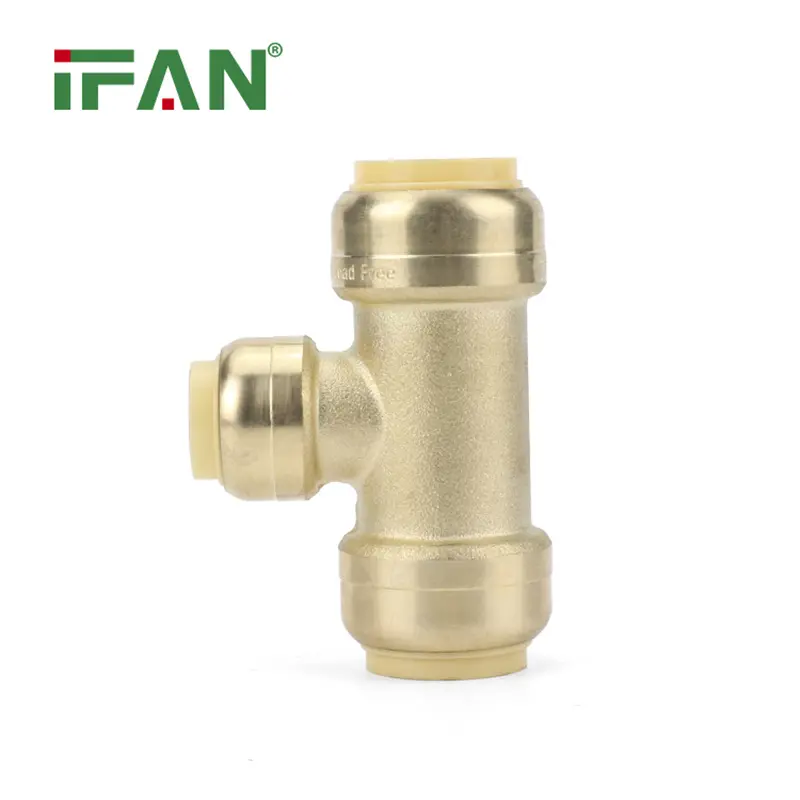

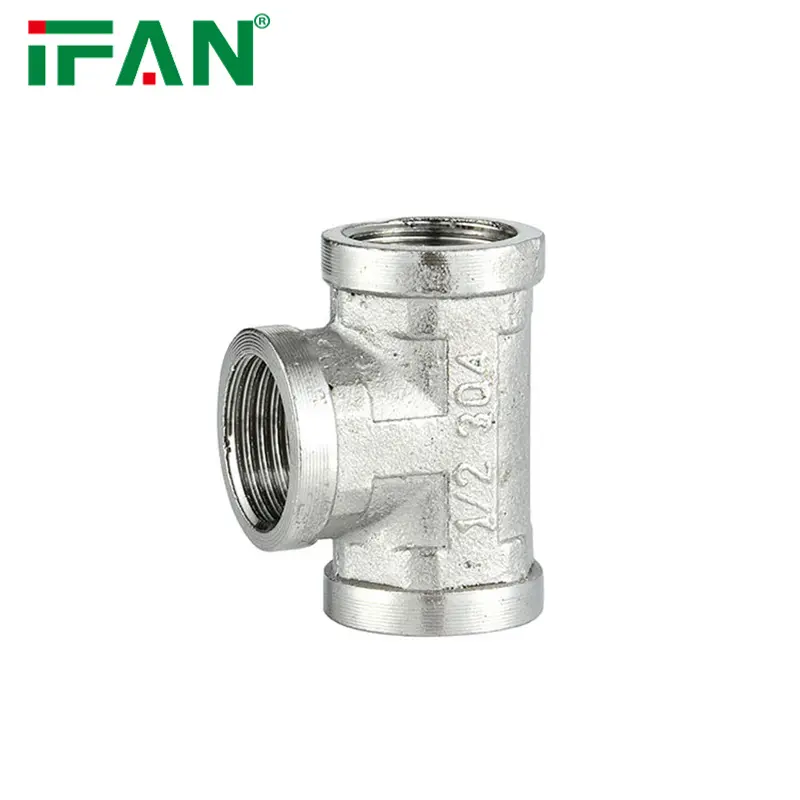
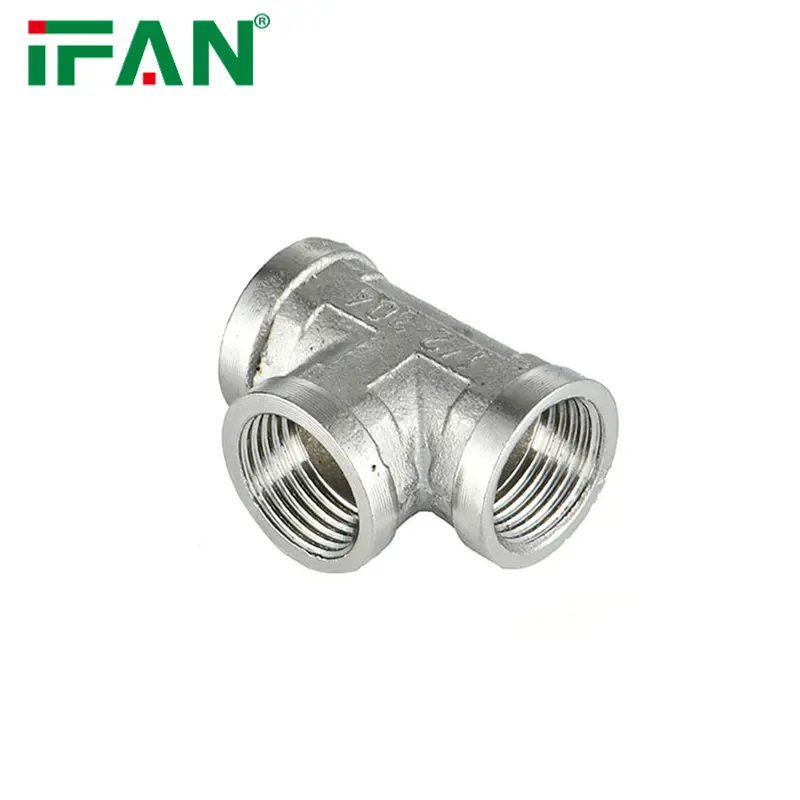
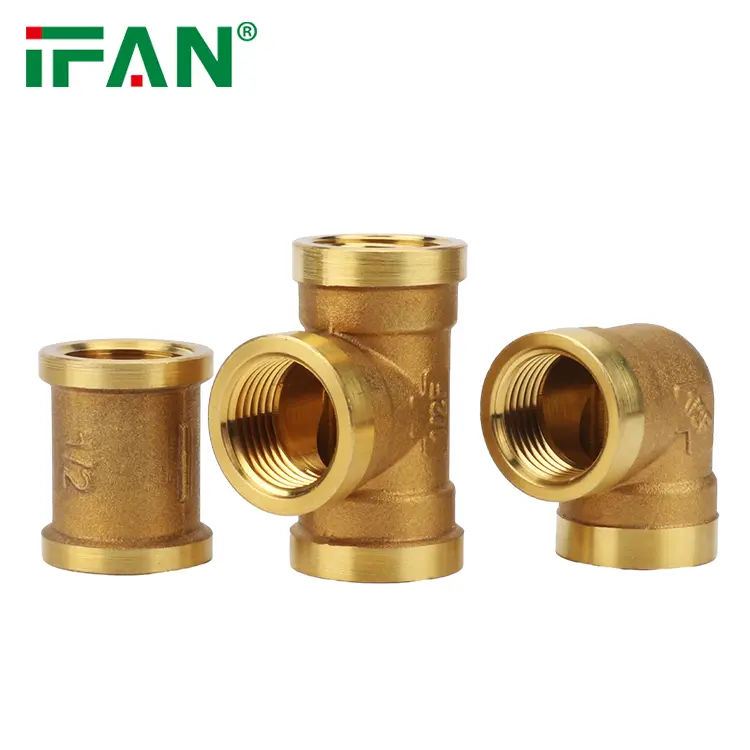
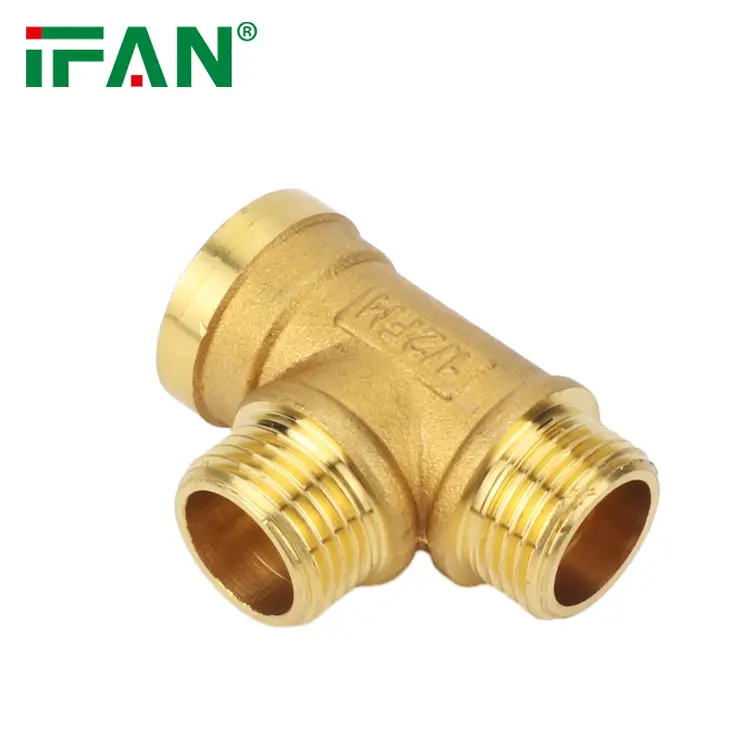
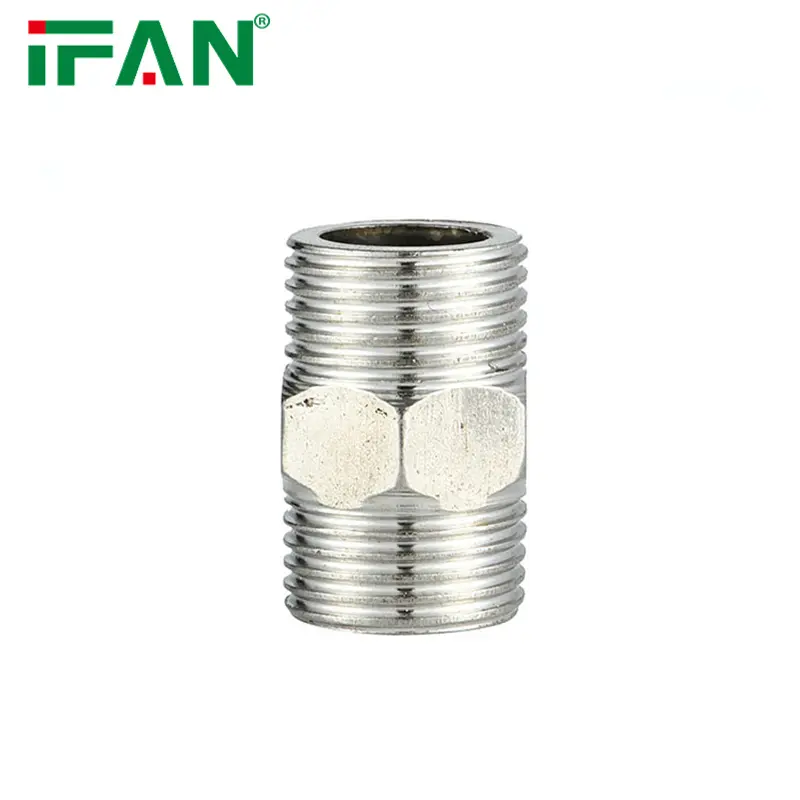












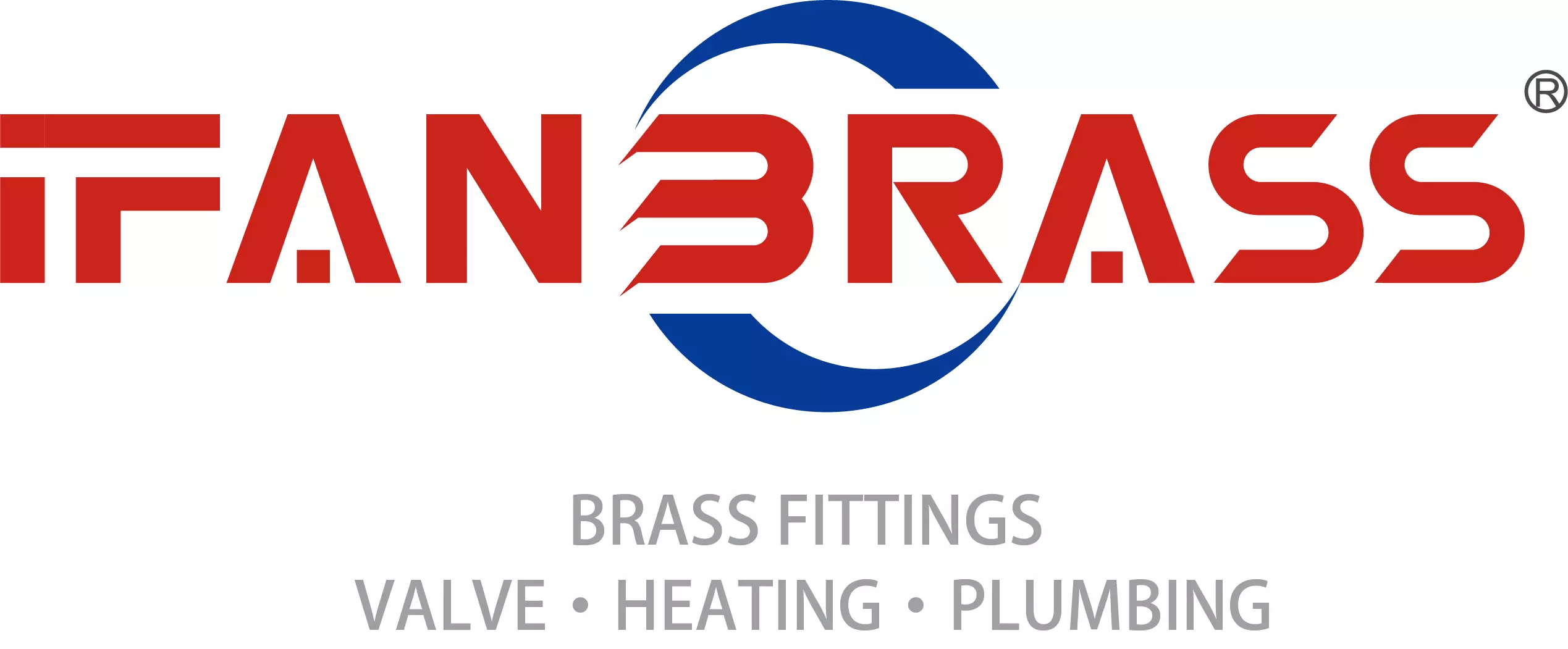





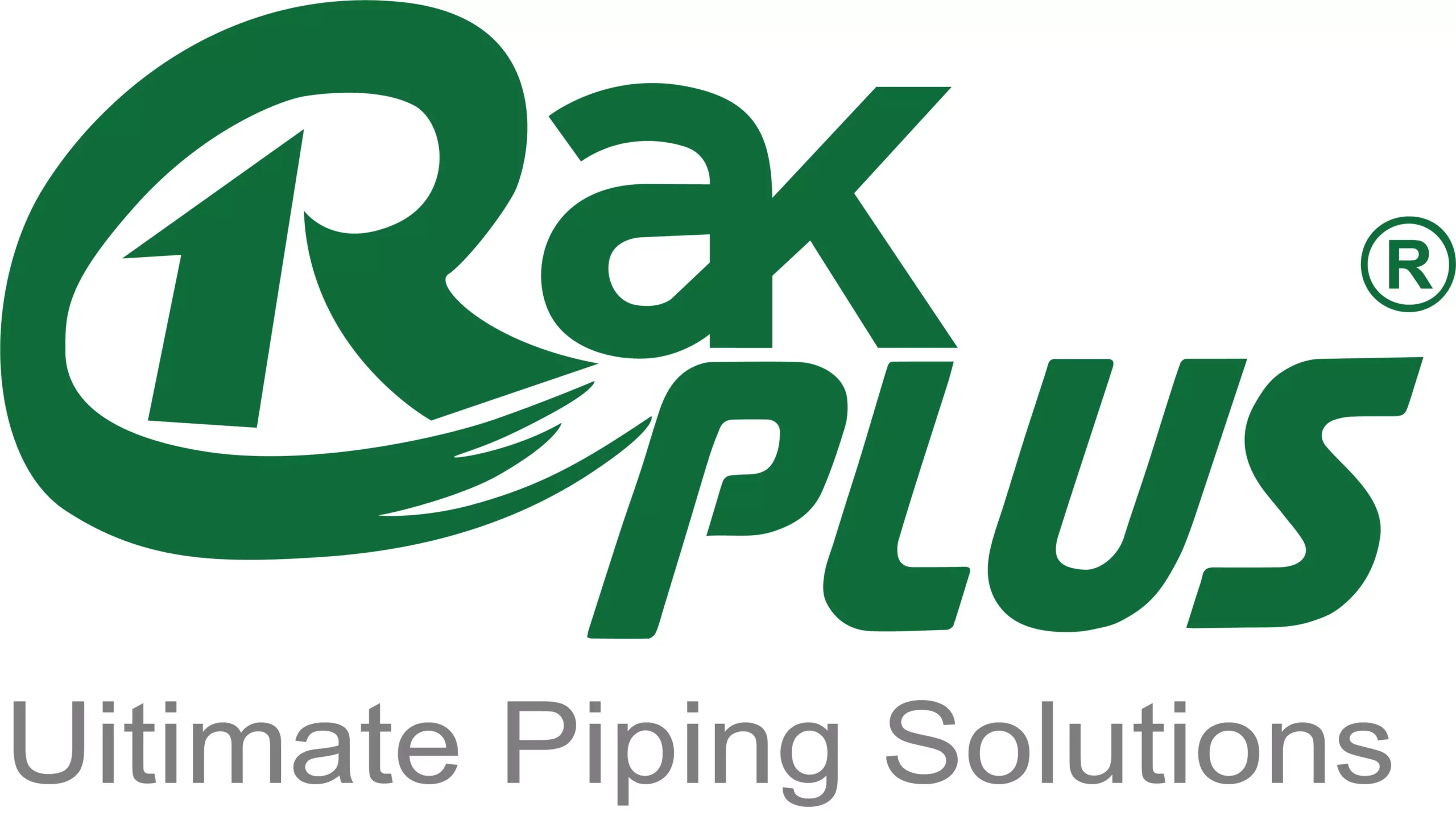
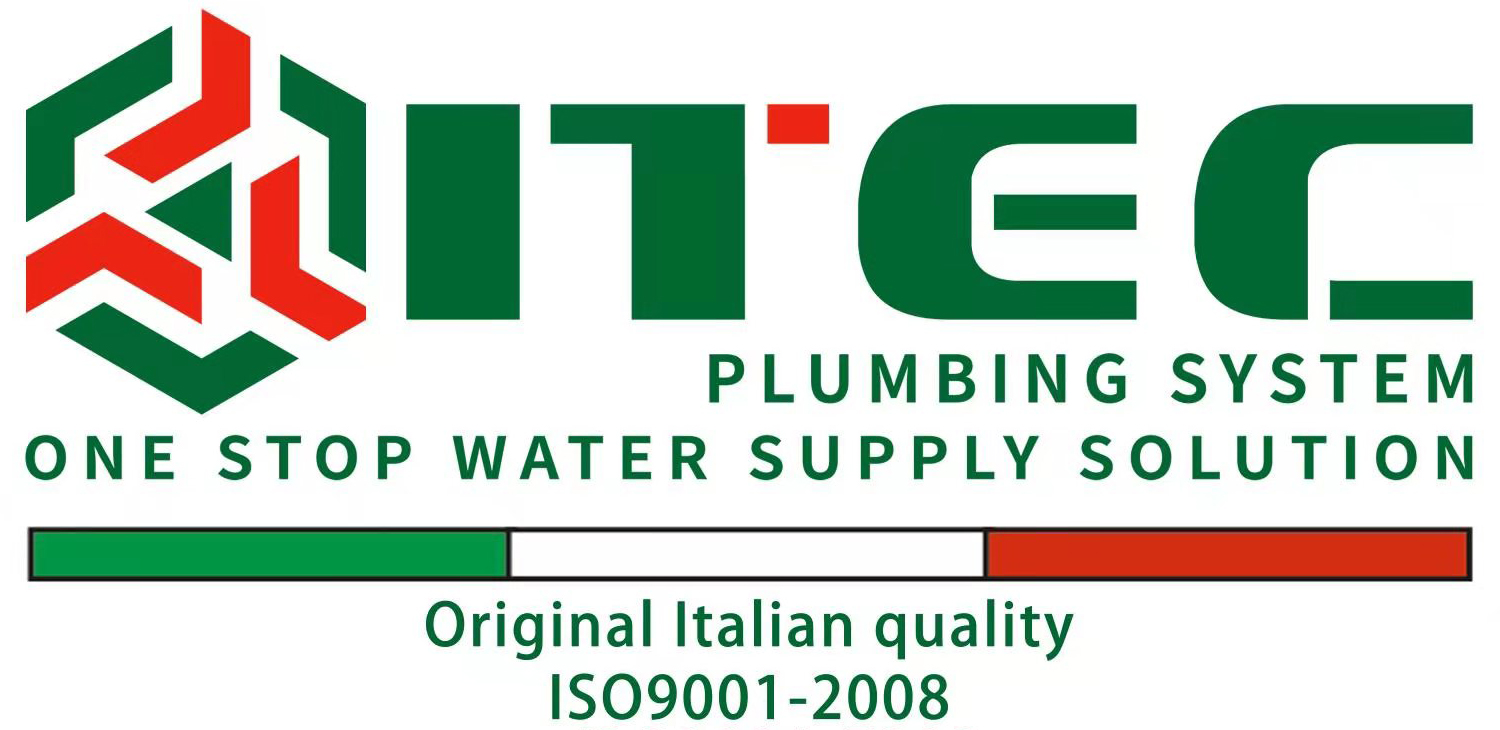

评价
目前还没有评价